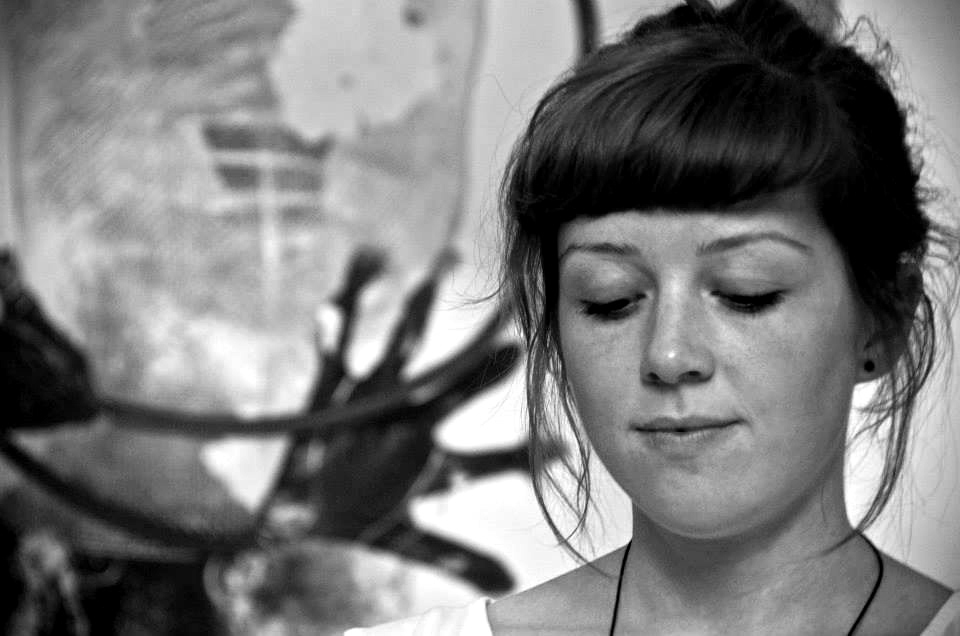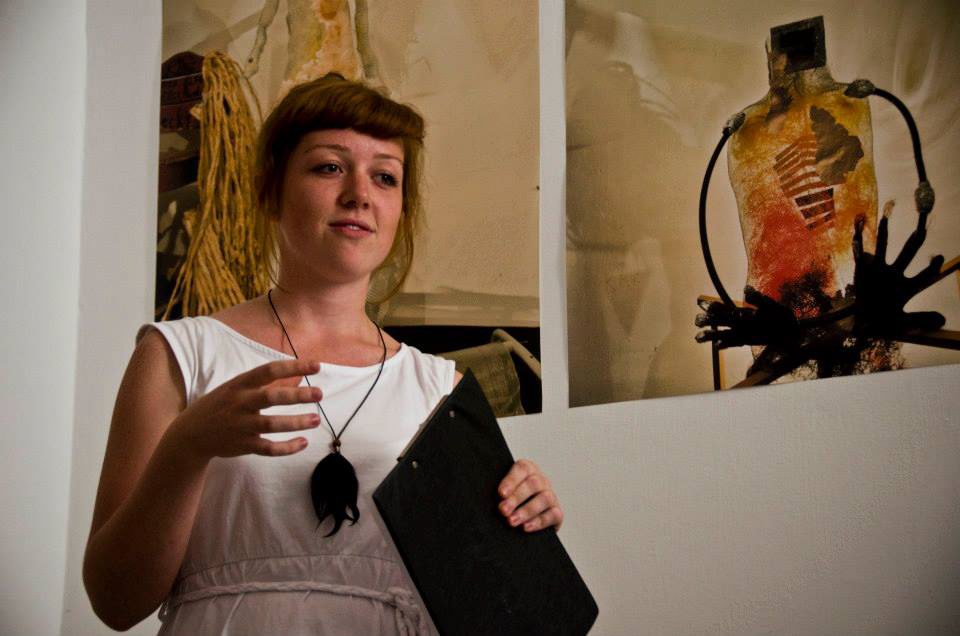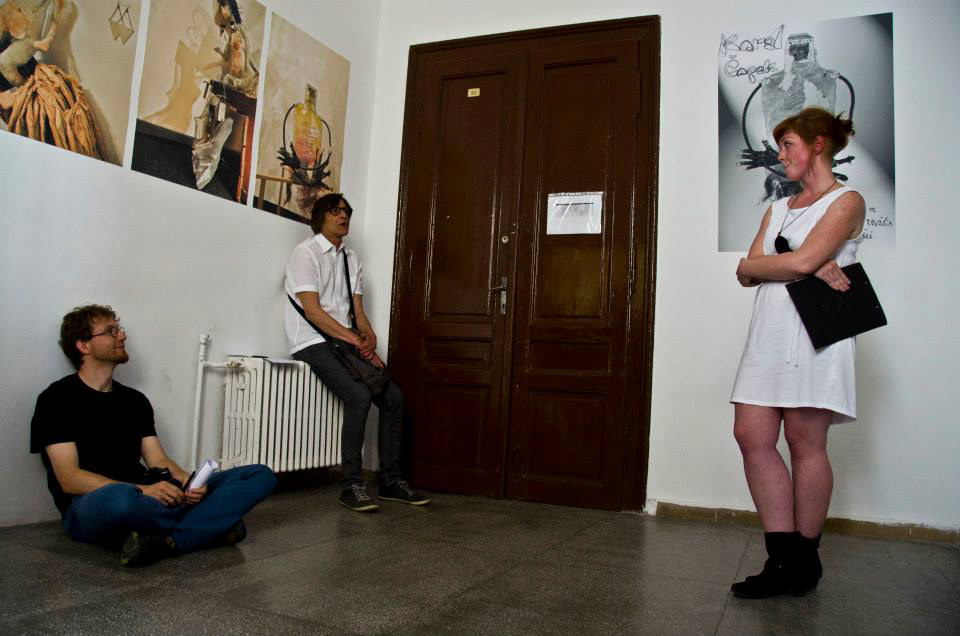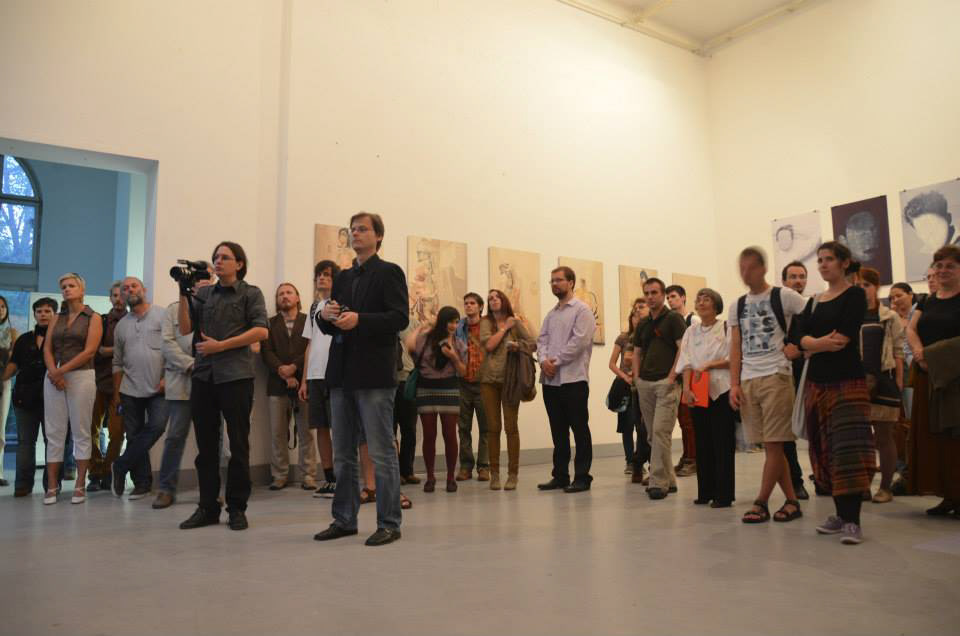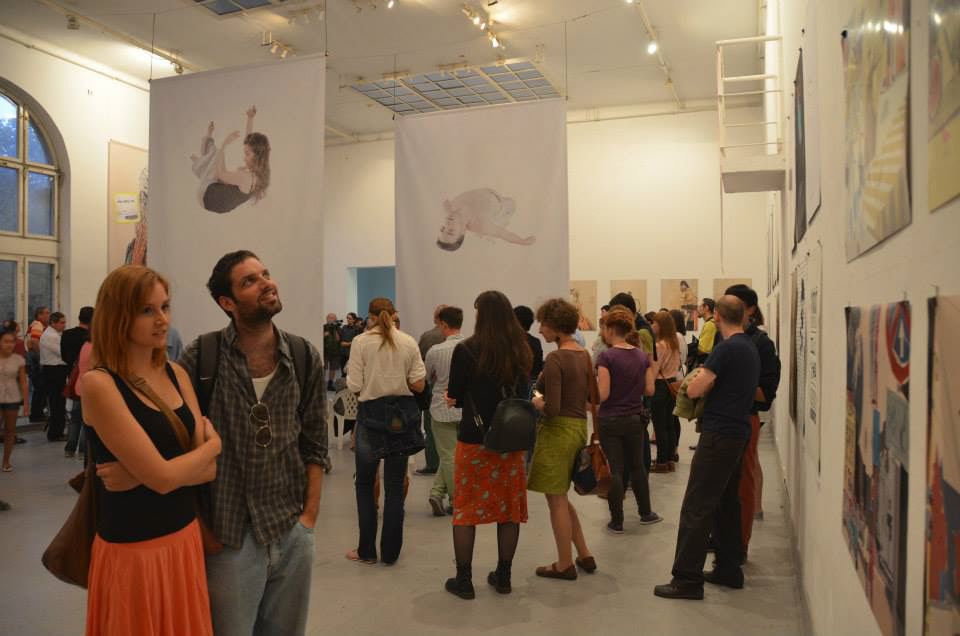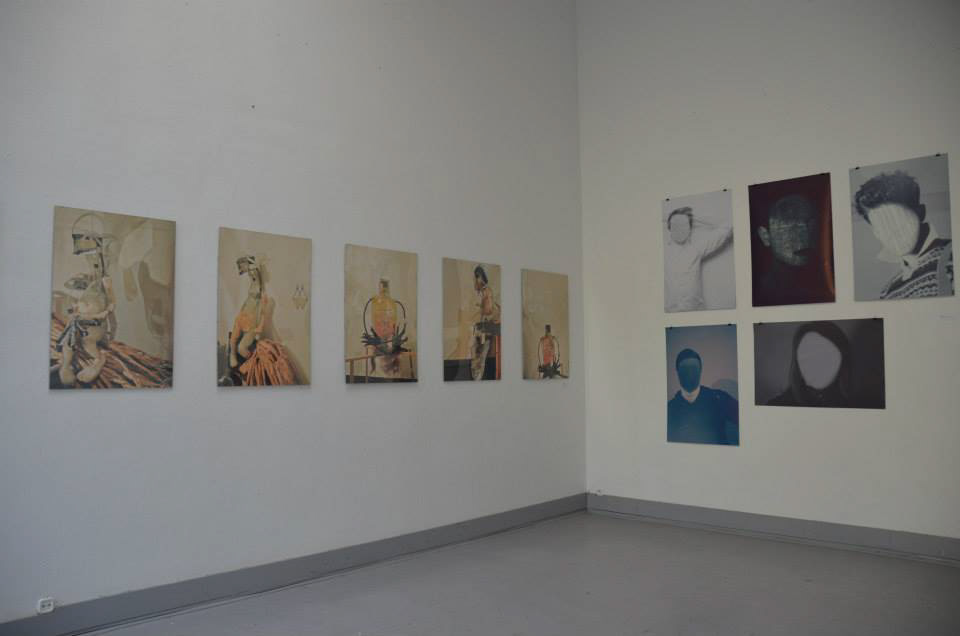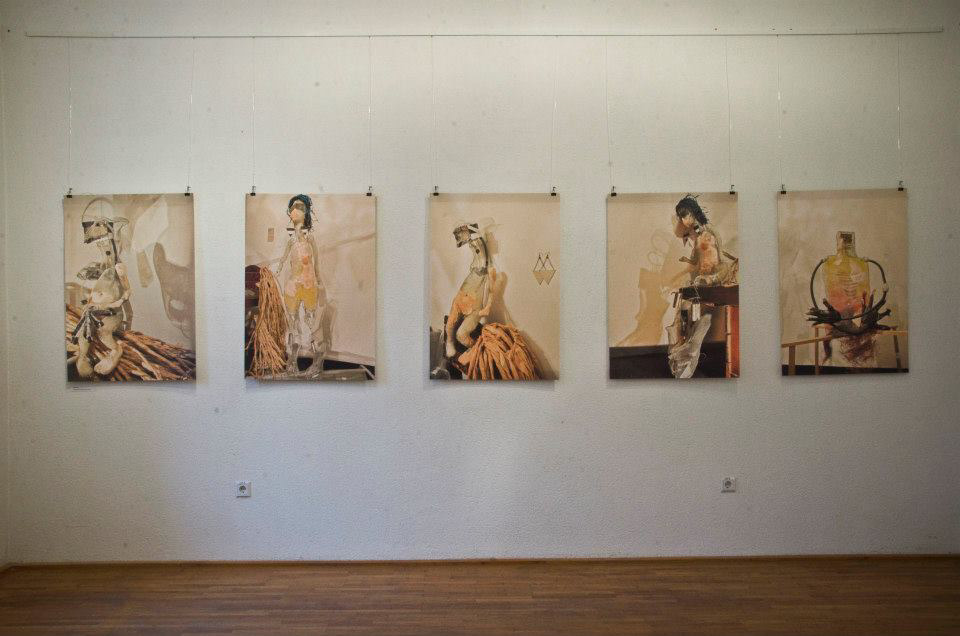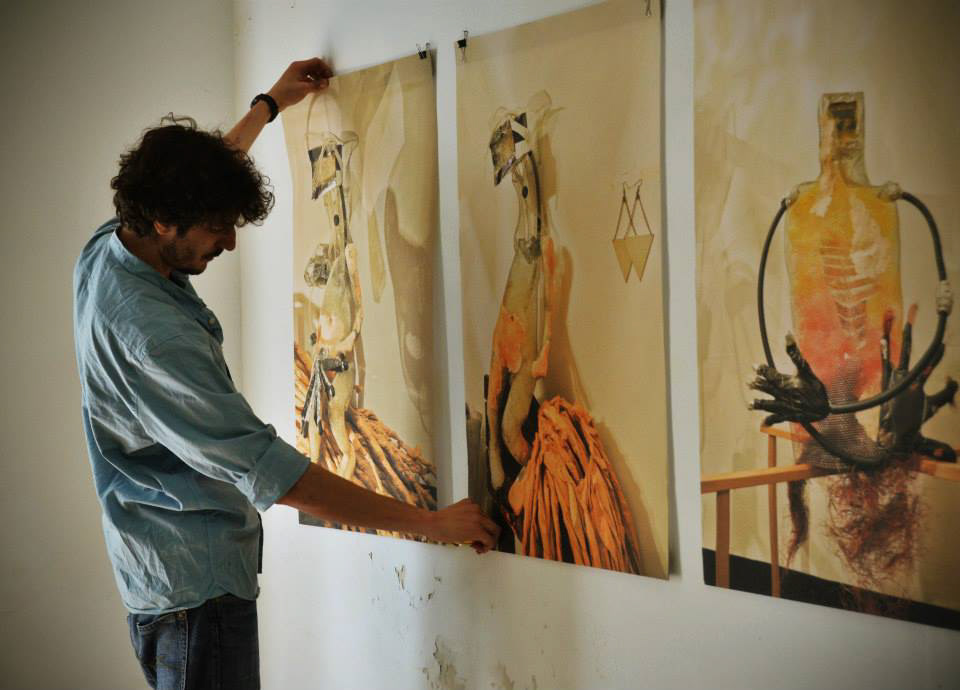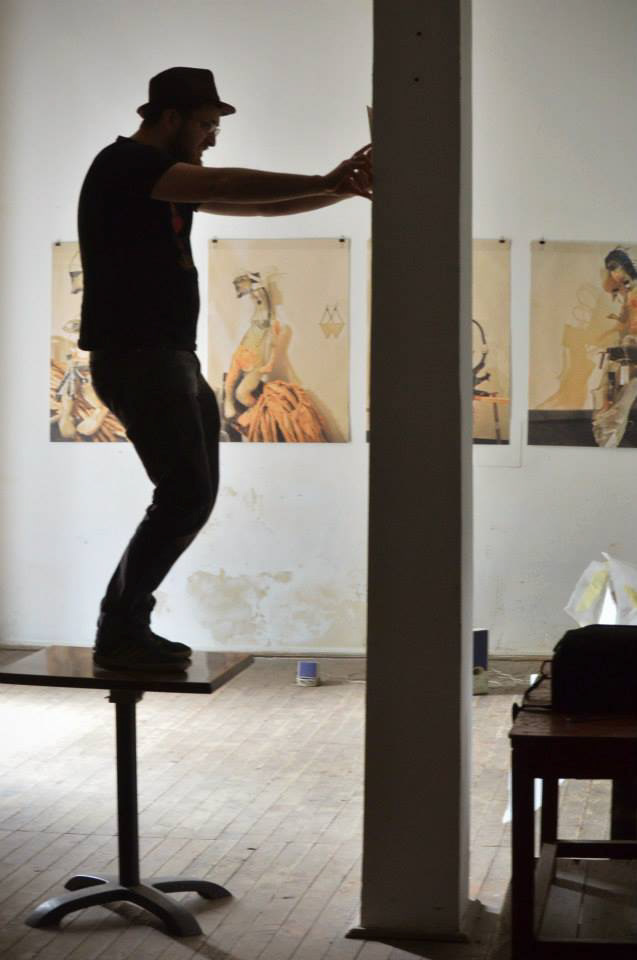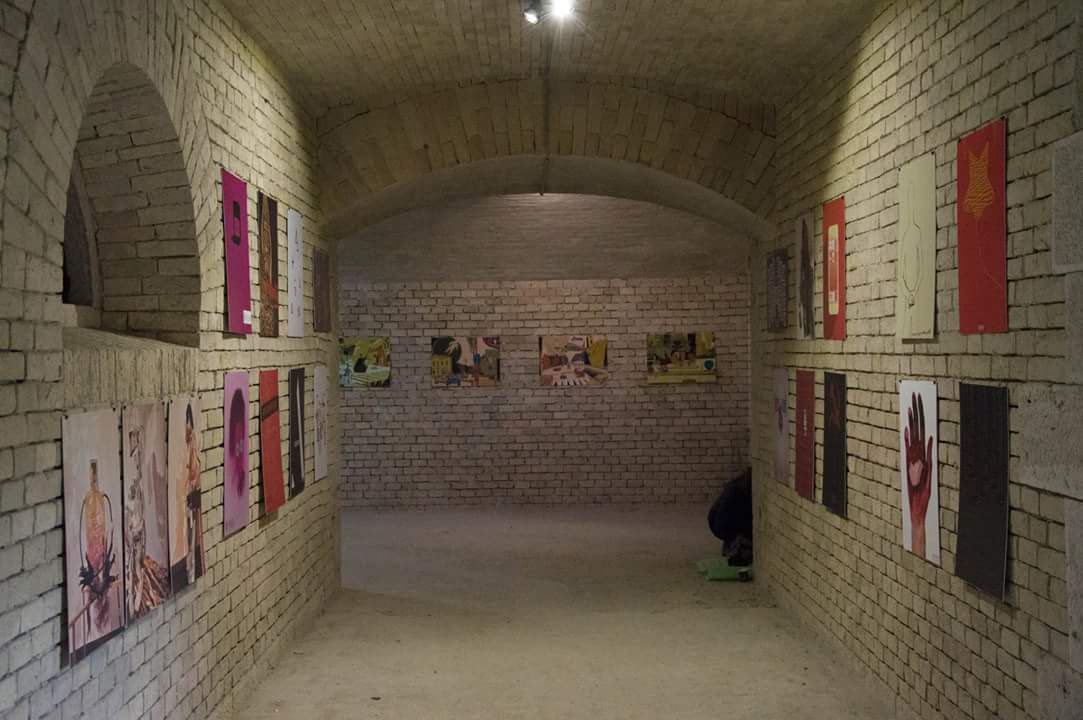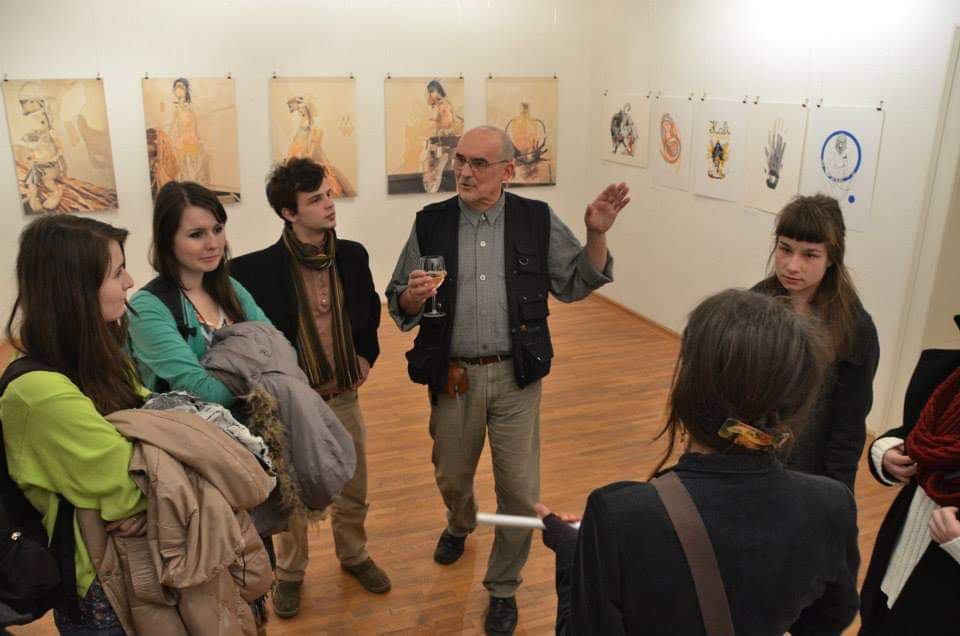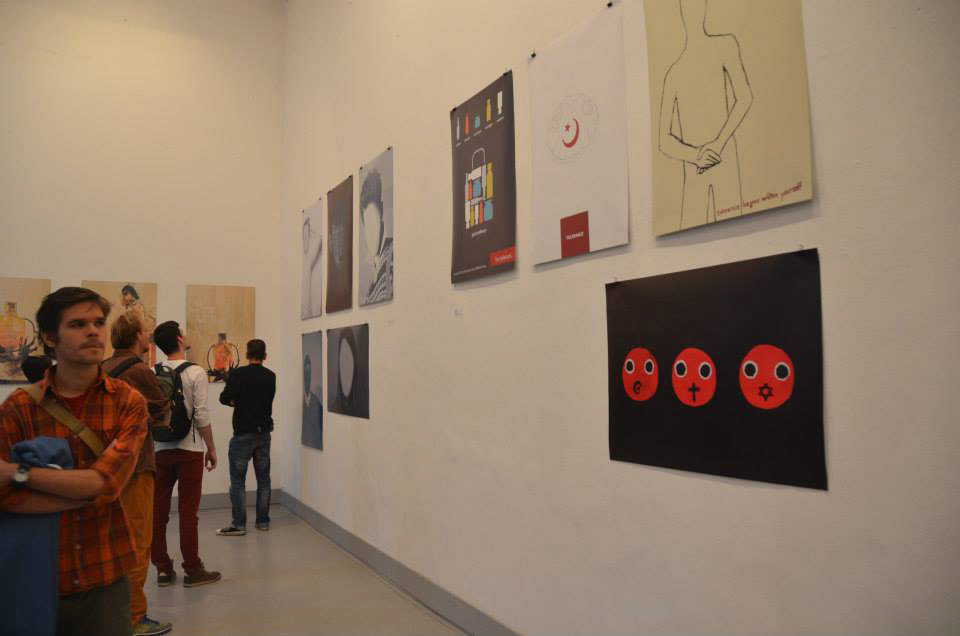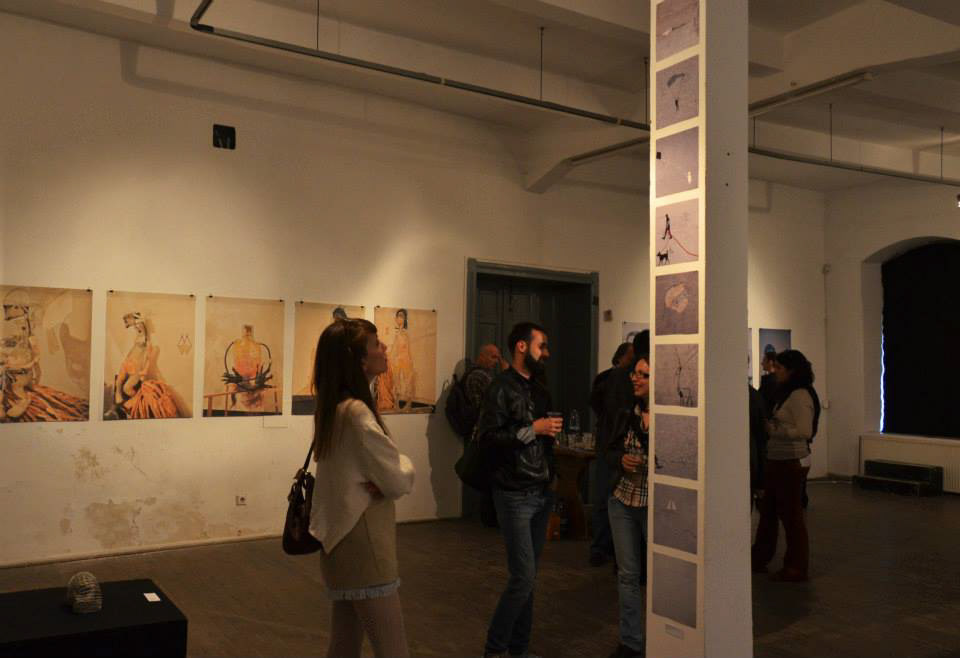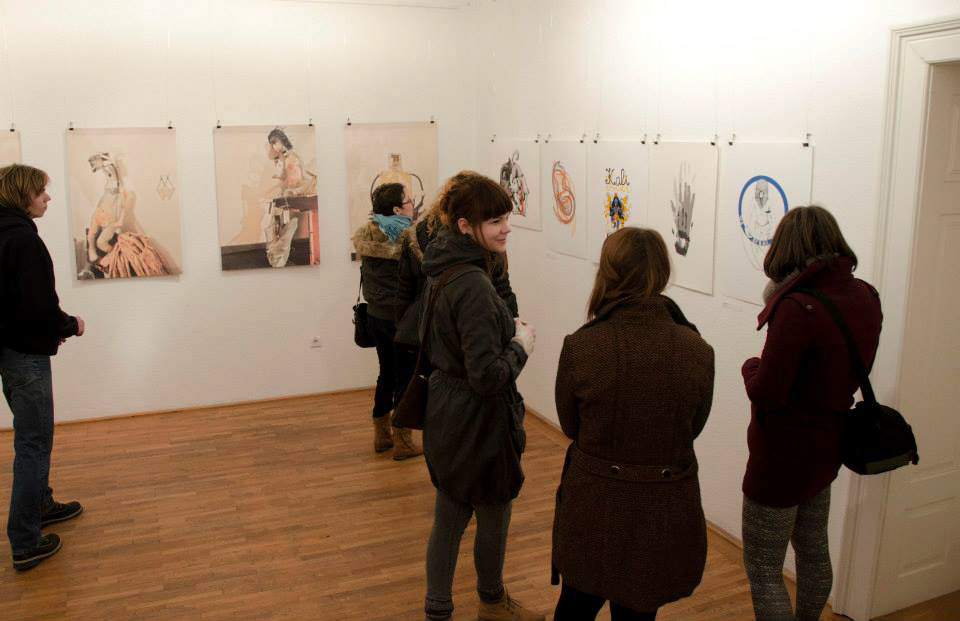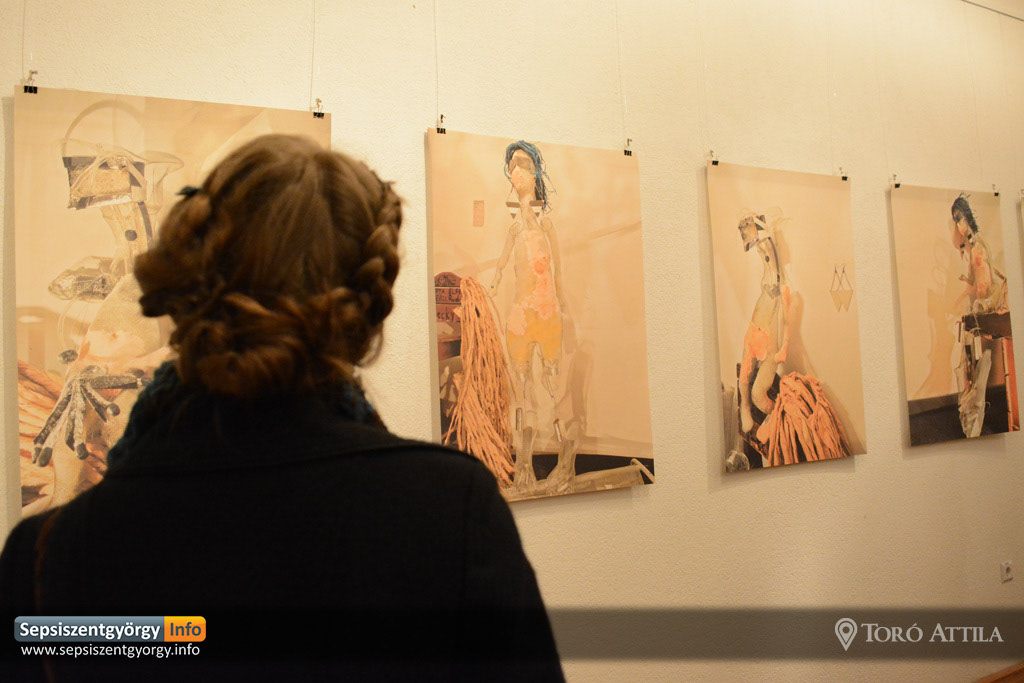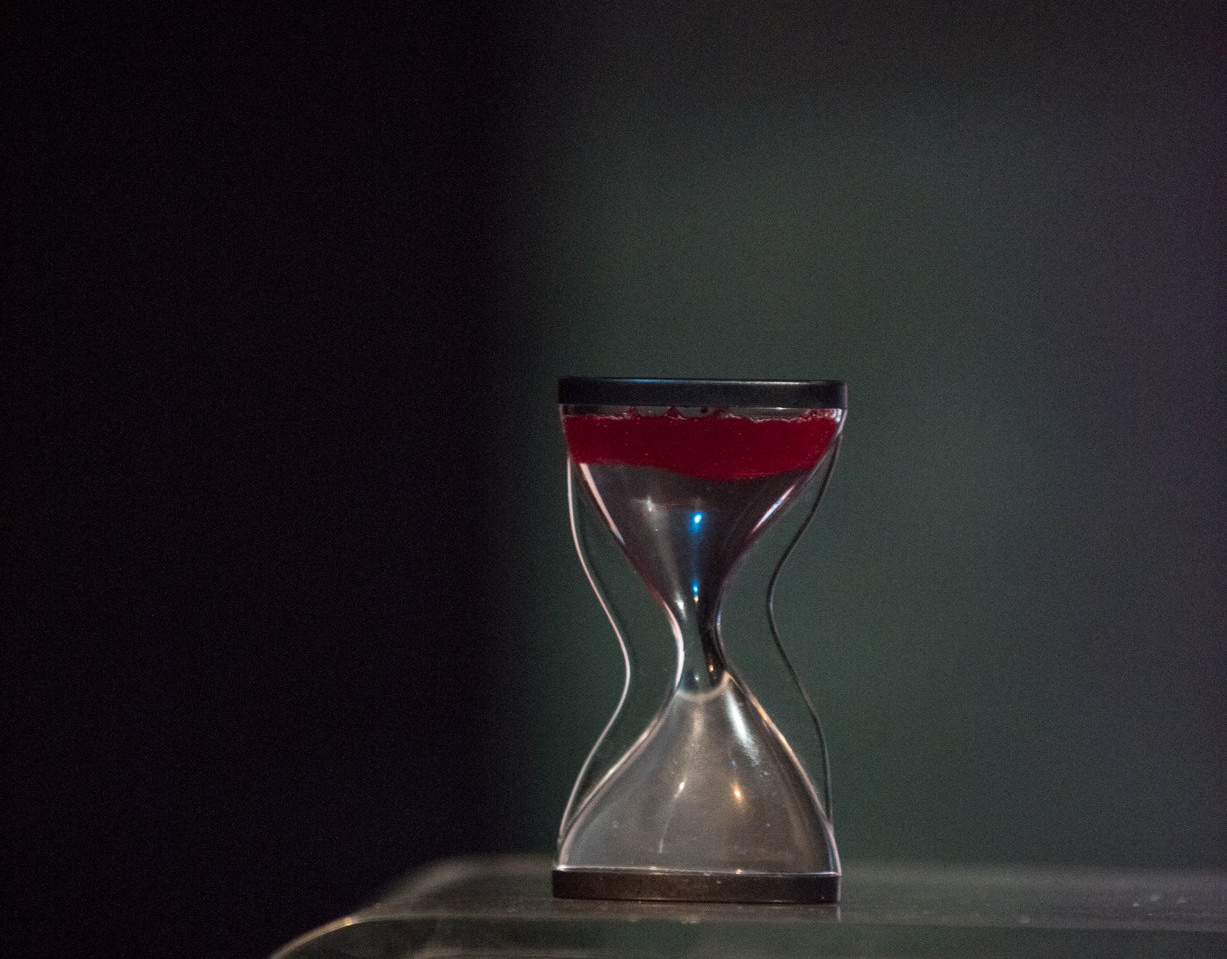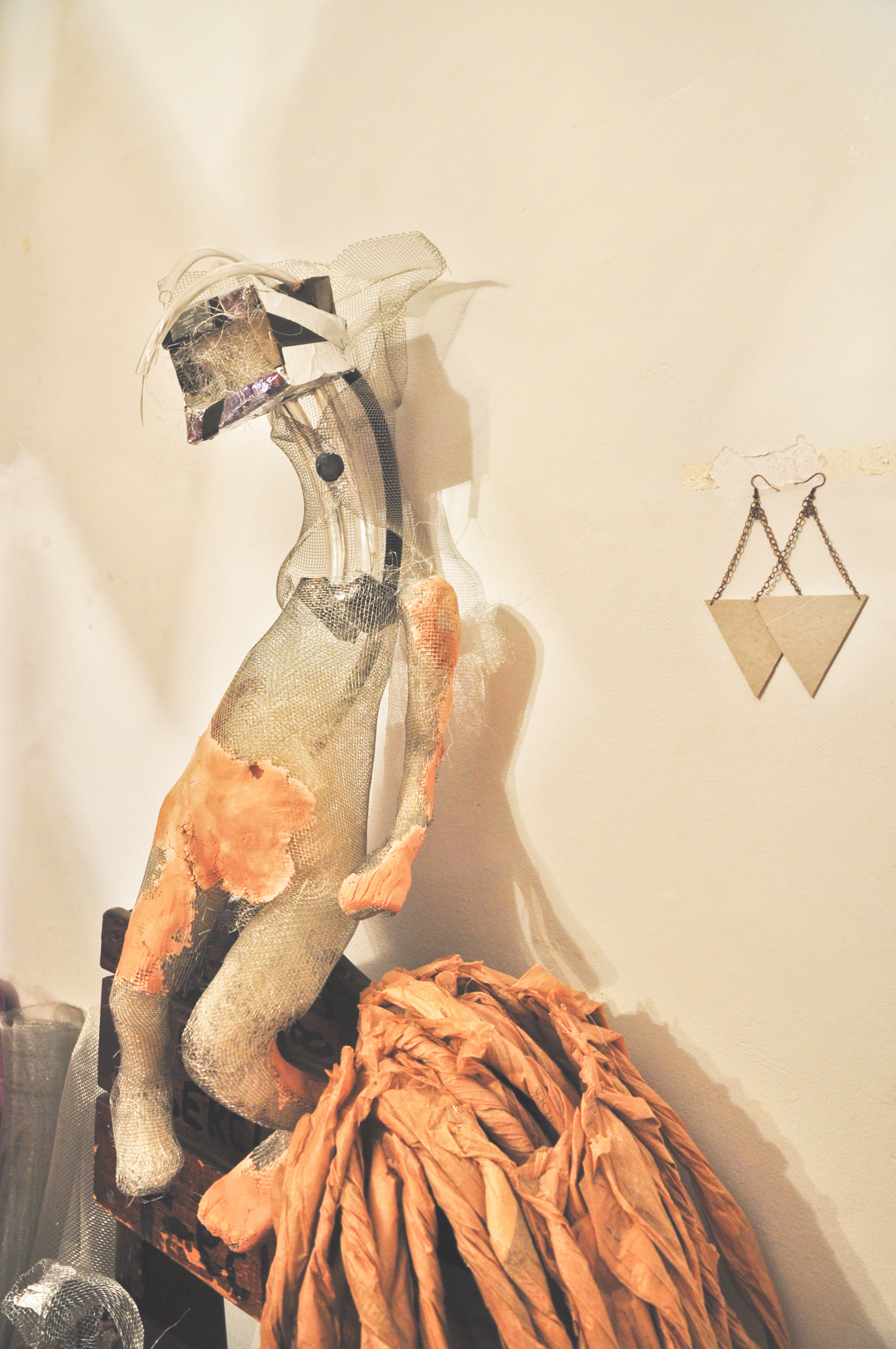
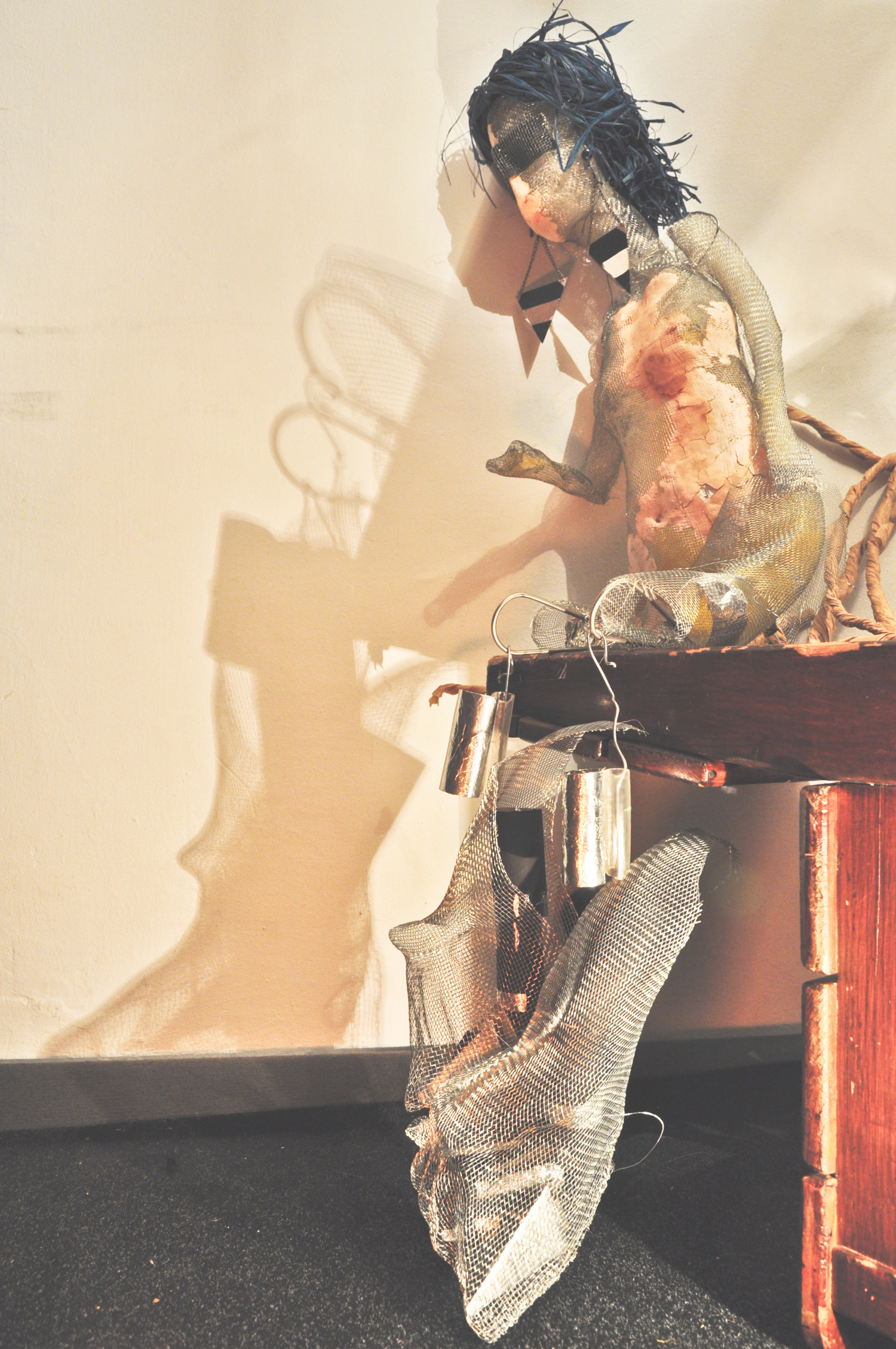

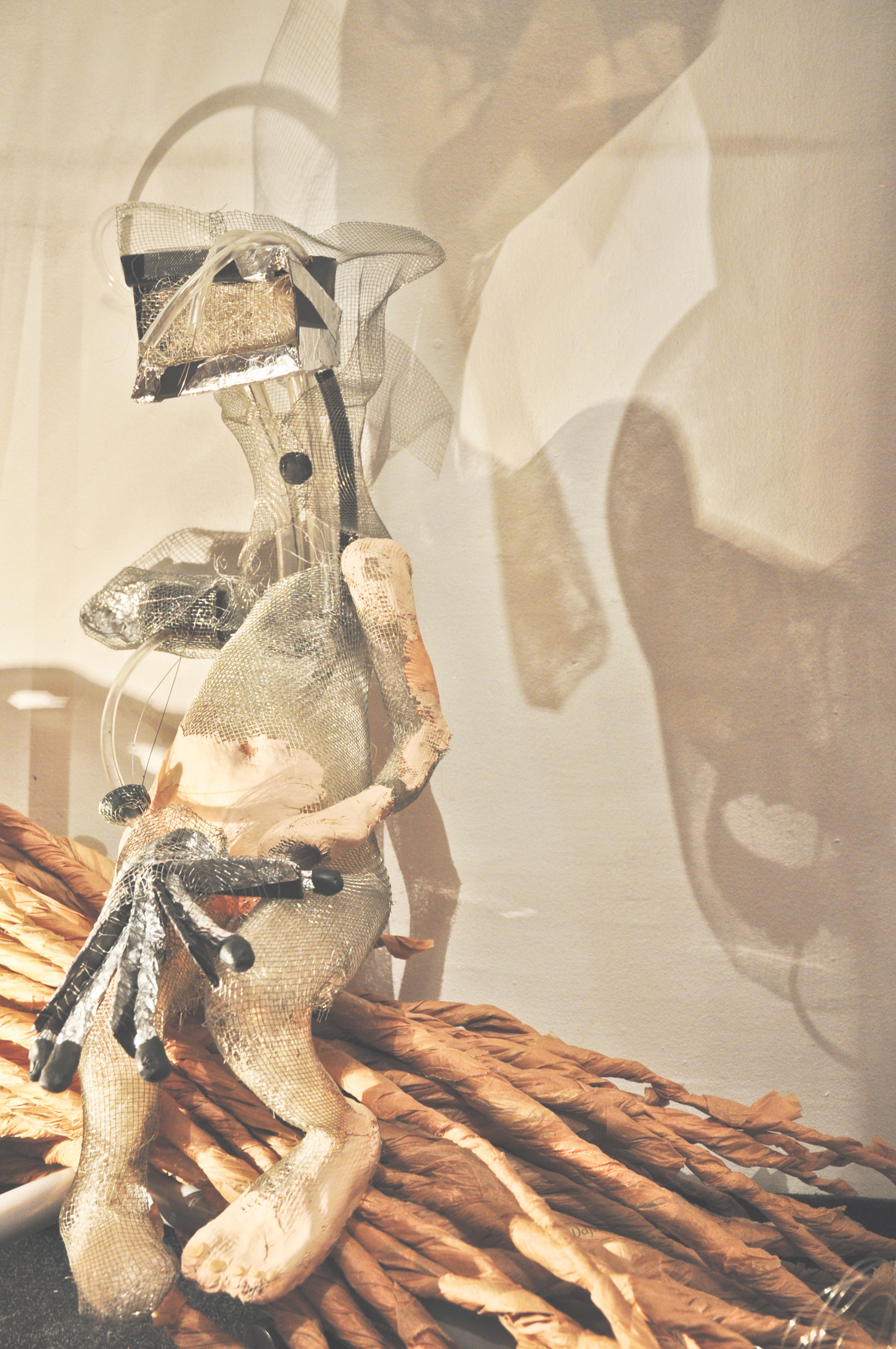

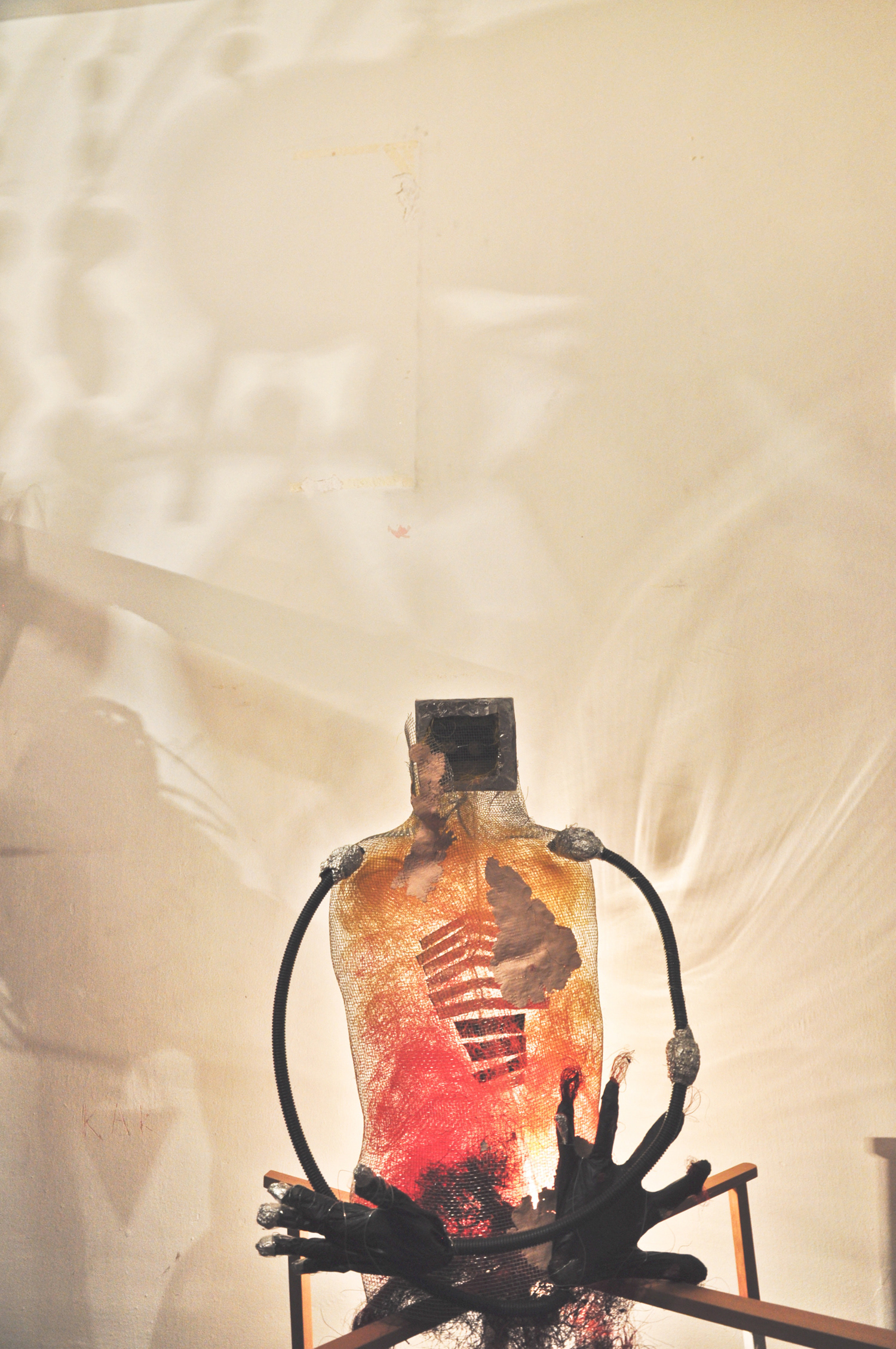
Project Overview: Exploring the Robot-Human Connection through R.U.R.
In this project, I delved into the intricate relationship between robots and humans, visually interpreting Karel Čapek's seminal work, R.U.R.: Rossum’s Universal Robots. This drama, published in 1920 and first performed in 1921, serves as a profound exploration of the robot-human dynamic.
Motivation and Contemporary Relevance
My primary motivation was to investigate and understand the evolving relationship between humans and robots, particularly in the context of contemporary society. Today, humans increasingly rely on robots for various tasks, leading to a decline in social and moral values. Our relationships have shifted to virtual spaces, and our work is often performed by robots. This digitization extends to music, fine arts, children's toys, household items, factories, and entertainment equipment. As a result, humans are becoming more robotic, losing touch with their true humanity.
Growing up in a small town where there was no gap between man and nature, I noticed a stark contrast as I traveled the world. People are living partially or entirely in virtual worlds, entrusting their lives to machines. We keep money virtually, perform jobs virtually, and distract ourselves from real-life issues through technology. This reliance on machines makes humans redundant, eroding our true humanity.
Historical Context and Influence
It is fascinating that in the 1920s, Karel Čapek envisioned a world that resonates so strongly with our present reality. His work, much like George Orwell's 1984, predicted themes that have defined several genres for decades. R.U.R. was first presented in 1921 in Czechoslovakia and quickly made its way to cinema and television. The first full-length movie adaptation was presented in 1935 in the Soviet Union, followed by a 35-minute TV version produced by the BBC, which became the first science fiction movie ever made.
Research and Visual Interpretation
The evolution of robots in R.U.R., character sketches, and materials used were preceded by extensive research. I studied human anatomy and robot anatomy, drawing inspiration from works like Charles M. Berggren's Anatomy of a Robot. By assessing various humanoid robots and other robots worldwide, I created my own robots to visually depict their evolution.
Act 1: The Beginning of the Robotic World
In the first act, we learn about the Rossum brothers' factory, which creates artificial humanoid robots for increased manpower and reduced investment. Due to the sheer number of robots, strict birth control measures are implemented. The factory's conductors are greedy and wooden. Helena, a robot rights activist, arrives at the factory, bringing an emotional dimension to the story. I built a baby robot with skin-like features to symbolize the dawn of the robotic era.
Act 2: The Downfall of Robot Society
The second act takes place ten years later. Helena is now married to one of the factory directors. Despite their harmonious relationship, the robot society begins to experience fatal issues. Helena becomes wooden and fatigued, losing her willpower and life energy. She assimilates into the old system, showing fake emotions and becoming pitiable. Meanwhile, the world around her falls apart. The robot society, led by Radius, a robot developed to have feelings, starts a revolution. They exert the same pressure on humans that they once faced, considering humans weak due to their emotions. I visualized this chapter with a woman adorned with symbolic jewelry from the past, featuring humanoid parts but falling apart.
Act 3: The Dilemma and Hope
The story concludes with a dilemma: robots destroy humanity but cannot reproduce or care for themselves, leading to their inevitable devastation. Humanity, having reduced birth rates, is on the brink of extinction. To avoid total tragedy, Čapek introduces a twist: two robots, Primus and Helena's robotic prototype, fall in love and venture into a brave new world. I depicted this robotic love with a half-robot, half-human figure with a shiny heart, symbolizing the beautiful new world to come. This piece is rich in metaphors and serves as a serious warning.
Conclusion
Through this project, I aimed to highlight the profound implications of our increasing reliance on robots and technology. R.U.R. serves as a timeless reminder of the potential consequences of losing touch with our humanity.
“Applied visions” traveling group exhibition:
2016 Mediawave international film and music festival (HU)
2015 Bekescsaba (HU)
2014 Lábas house, Saint-George, Covasna (RO)
2014 Culture cassle, Marosvásárhely (RO)
2014 Tranzit house, Cluj Napoca (RO)
2014 Moszkva coffeshop, Oradea, Bihor (RO)
2013 Olof palmhouse, Budapest (HU)
2013 Modem Galéria, Debrecen (HU)
